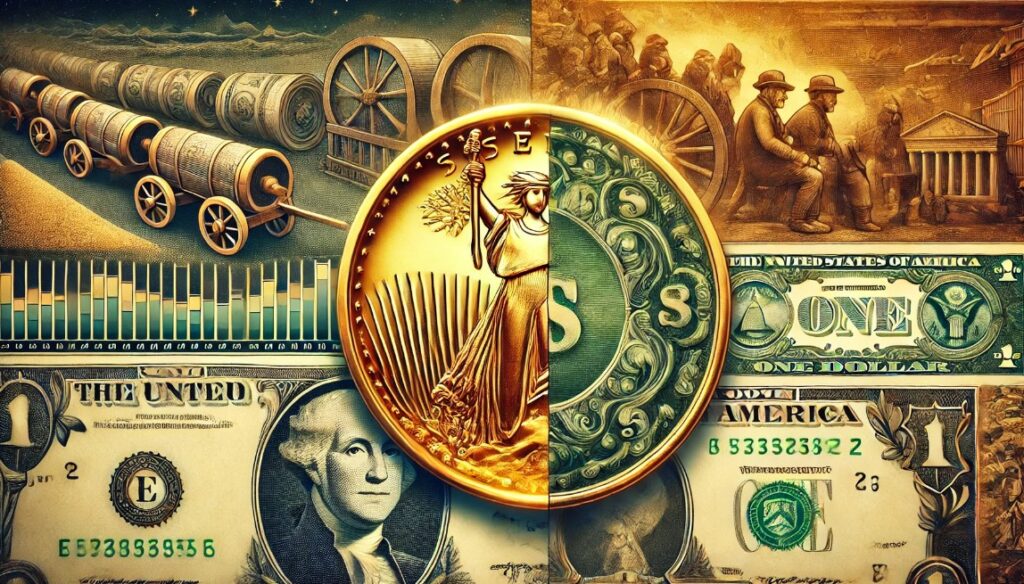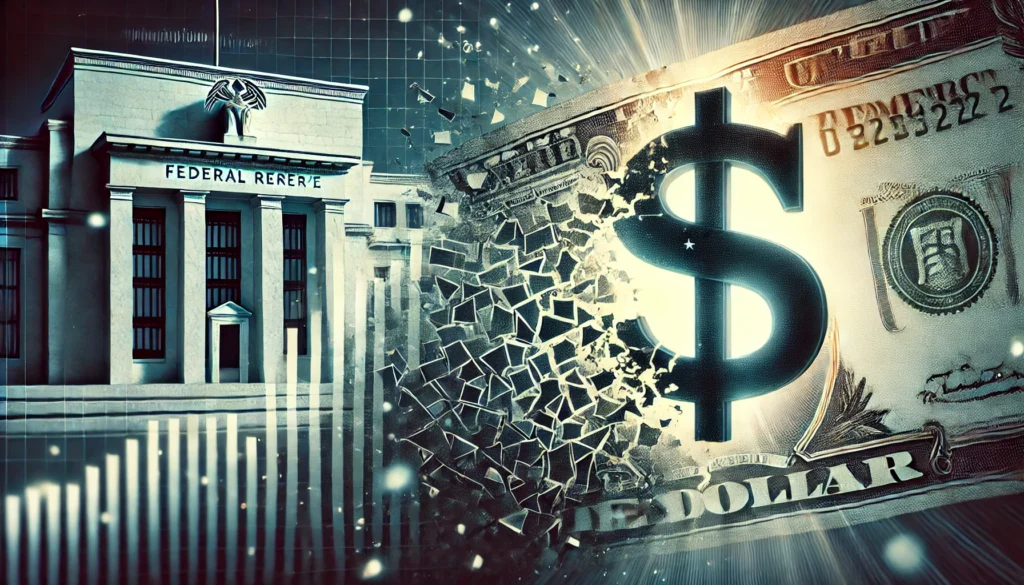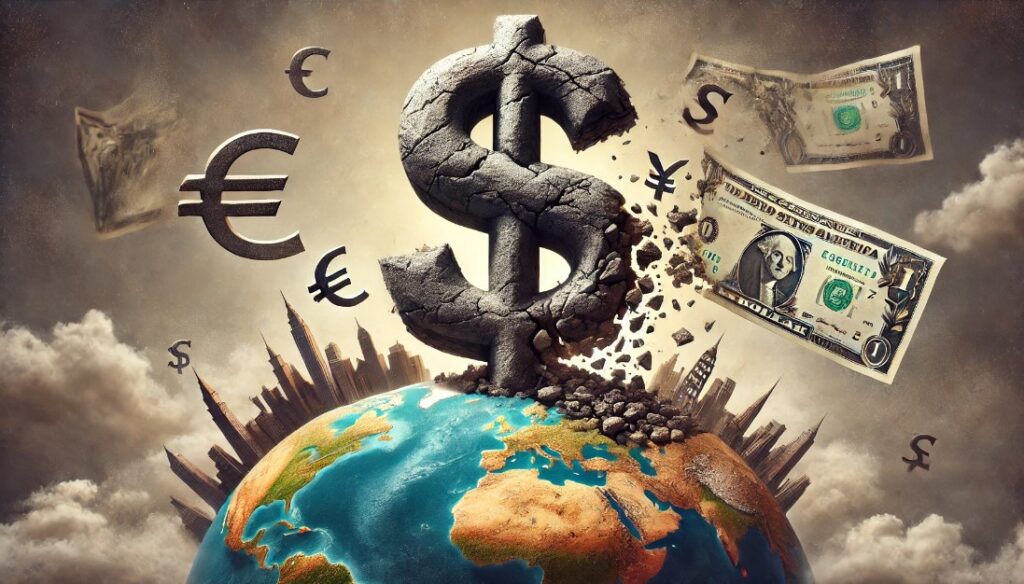The First American Dollar: A Strong Start with Silver and Gold
The story of the American dollar started right after the Revolutionary War. After defeating the British, the Founding Fathers had to create a working system for the new nation. One of the biggest decisions? How to handle money. The U.S. had tried paper money during the war, but it was a disaster. By 1780, the Continental dollar was worth just a fraction of its original value, giving rise to the saying, “Not worth a Continental.”
In 1792, the Coinage Act introduced the U.S. dollar and tied it directly to silver and gold. A dollar was defined as 0.77 troy ounces of silver or 0.05 troy ounces of gold. This made it identical to the Spanish silver dollar, a coin trusted worldwide for its purity and weight. Trade depended on trust, and trust depended on stable, reliable money. The U.S. dollar was off to a solid start, but could it maintain that trust?
Why Silver and Gold Kept the Dollar Strong (For a While)
The Founding Fathers knew that for a government to succeed, it needed three things: an army, taxes to fund the army, and stable money for the people to use. The dollar, linked to silver and gold, made international trade smooth. Everyone knew what they were getting – a currency with real value, backed by precious metals.
For nearly 150 years, the dollar was tied to gold. Alan Greenspan, former Chair of the Federal Reserve, said this period was one of “extraordinary global prosperity.” Money was stable. Inflation was barely a concern. But as the U.S. grew and started spending more on wars and social programs, the pressure to print more money increased. The temptation to create more dollars, without increasing gold reserves, was growing.
The Biggest Financial Heist of the 20th Century
The Federal Reserve was created in 1913 to control the supply of money and interest rates. Over time, however, this system became a tool for inflation. By the mid-20th century, the U.S. government and the Federal Reserve had debased the dollar by more than 96%. The purchasing power of a dollar had shrunk drastically.
President Franklin Roosevelt took a drastic step in 1934 when he made it illegal for Americans to own gold. By taking gold out of the hands of citizens, the government could more easily devalue the dollar. The price of gold was set at $35 per troy ounce, a significant drop in the dollar’s value. The era of stable, gold-backed money was ending, but most Americans didn’t realize how much they had lost.
Nixon Ends the Gold Standard: The Dollar’s Fall from Grace
In the 1960s, the U.S. economy was booming, but there was a growing problem. The U.S. had printed more dollars than it had gold to back them. Foreign countries began trading their dollars for gold, and America’s gold reserves were being drained.
In 1971, President Nixon faced a tough decision. He could let the U.S. run out of gold or take the dollar off the gold standard. He chose the latter. With a stroke of the pen, Nixon ended the dollar’s convertibility to gold, turning the U.S. dollar into a purely paper currency. This was a turning point. Without the restraint of gold, the U.S. government could print as much money as it needed, and inflation became a bigger threat than ever before.
How Inflation Is Stealing Your Wealth (And What You Can Do About It)
Since Nixon took the U.S. off the gold standard in 1971, inflation has been slowly robbing Americans of their purchasing power. Prices keep going up, but wages haven’t kept pace. The dollar today is worth a fraction of what it was 50 years ago.
Inflation benefits debtors, especially the U.S. government, which uses printed dollars to pay off old debts. But for everyday Americans, inflation is a hidden tax that eats away at savings and income. If you’re tired of seeing your dollars buy less and less, it might be time to look into alternatives like gold and silver. These precious metals have held their value for centuries and can protect your wealth from the slow erosion of inflation.



